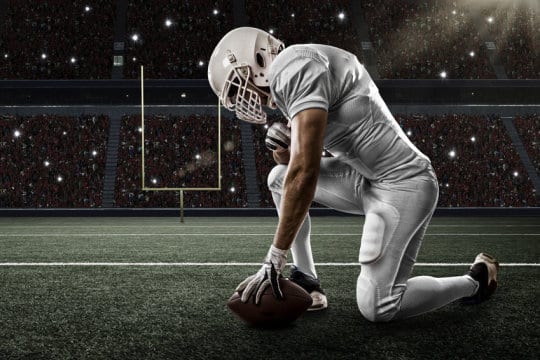Sports Massage
Therapeutic sports massage focuses on the recovery of soft muscle tissue aches and pains as well as stiffness associated with repeated physical activity. In the world of sports medicine, athletes are finding that therapeutic sports massage is vital for those who want to perform at their highest level.
When it come to running, tennis, football, basketball, weight lifting and aerobics training at a high intense level, larger muscle groups experience wear and tear. Constant physical activity after injury can cause scar tissue to build around the injured area. The muscle group then loses some of its full function. While stretching is an important component of warm up and cool down, after time it may not be enough to keep the body at an optimal performance level. Muscle can eventually become tight after repeated tears, forming “knots”.

Adding massages to your workout schedule comes with many benefits. Most athletes start to feel more relaxed and describe themselves as being mentally and physically refreshed. Moreover, massage promotes flexibility throughout the body. Athletes who are more flexible and relaxed are able to sleep deeper, run faster, lift heavier, move more gracefully and jump higher. Without flexibility your muscles tend to remain sorer longer. Moreover, one part of the body may start to feel stronger then the opposite side and ice or heat may lose some effectiveness at recovery.
Therapeutic sports massage can be provided with relaxation techniques to calm the senses and muscle tendons. It might include deep tissue work to reach the deeper muscle layers and small hidden muscle bellies. It often features trigger point work to help decrease muscle soreness and referred pain patterns to reduce spasms and increase flexibility. In most cases, athletes want a bit of it all added to the session. Keep in mind that you can always adjust the session to focus on the techniques that work best for you. If you are not sure, ask your massage therapist.
Having regular massage sessions can reduce pain and reduce the likelihood of a injury or re-injure an area. They can improve your range of motion and performance, bring nutrients and oxygen to your muscles and increase blood flow. A massage therapist can also help with trouble spots that stand out during your workouts: shoulder instability or pain from a past dislocation or tightness in your feet from running. Your massage therapist can spend extra time on problem areas and provide advice for self-treatment at home or the work place.
You and your therapist will keep track of your overall progress and come up with a plan of how often treatment is needed. During this process of recovery it is important to take into consideration the number of hours of the week that you are working out and measuring changes to see if you need to slow down. For example, one of your workout days may need to be modified to feature light calisthenics, aerobics, swimming or stretching instead of intensive exercise or weight lifting. The right massage therapist will help you introduce these modifications as your body ages and changes.
